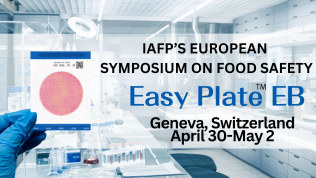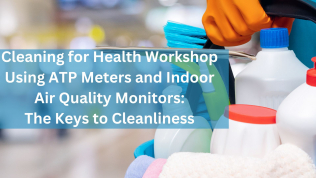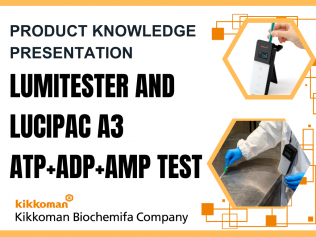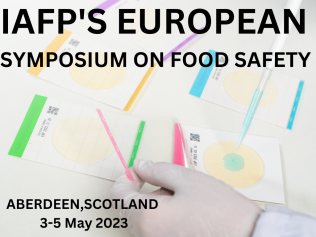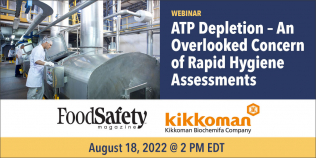Past seminar
- Event date
- 2025.09.03
- Product
- Easy Plate (AC, EC, CC, SA, YM-R,EB,AC-R)
- Venue
- Webinar
- Event date
- 2025.07.31
- Product
- ATP Test (Kikkoman A3): LuciPac A3 Surface, LuciPac A3 Water, LuciPac A3 Pre-moisten
- Venue
- Microsoft Teams
- Event date
- 2025.07.15
- Product
- Easy Plate (AC, EC, CC, SA, YM-R,EB,AC-R)
- Venue
- Webinar
- Event date
- 2025.05.28
- Product
- ATP Test (Kikkoman A3): LuciPac A3 Surface, LuciPac A3 Water, LuciPac A3 Pre-moisten
- Venue
- Facebook Live
- Event date
- 2025.05.08
- Product
- Easy Plate (AC, EC, CC, SA, YM-R,EB)
- Venue
- Madrid, Spain, Melia Avenida America
- Event date
- 2025.05.06
- Product
- Easy Plate (AC, EC, CC, SA, YM-R,EB)
- Venue
- Madrid, Spain, Melia Avenida America
- Event date
- 2025.04.17
- Product
- ATP Test (Kikkoman A3): LuciPac A3 Surface, LuciPac A3 Water, LuciPac A3 Pre-moisten,
- Venue
- Webinar
- Event date
- 2024.12.06
- Product
- ATP Test (Kikkoman A3): LuciPac A3 Surface, LuciPac A3 Water, LuciPac A3 Pre-moistened
- Venue
- Online
- Event date
- 2024.09.24
- Product
- Easy Plate (AC, EC, CC, SA, YM-R,EB)
- Venue
- Fayetteville Town Center
- Event date
- 2024.06.20
- Product
- Hyaluronic Acid ,Isoflavone aglycone
- Venue
- Webinar
- Event date
- 2024.06.20
- Product
- ATP Test (Kikkoman A3): LuciPac A3 Surface, LuciPac A3 Water, LuciPac A3 Pre-moisten,Easy Plate,
- Venue
- Webinar
- Event date
- 2024.06.13
- Product
- ATP Test (Kikkoman A3): LuciPac A3 Surface, LuciPac A3 Water, LuciPac A3 Pre-moisten,Easy Plate,
- Venue
- Lincon, United Kingdom
- Event date
- 2024.05.15
- Product
- ATP Test (Kikkoman A3): LuciPac A3 Surface, LuciPac A3 Water, LuciPac A3 Pre-moisten
- Venue
- Netherlands
- Event date
- 2024.04.30
- Product
- Easy Plate EB
- Venue
- Geneva, Switzerland
- Event date
- 2024.02.01
- Product
- ATP Test (Kikkoman A3): LuciPac A3 Surface, LuciPac A3 Water, LuciPac A3 Pre-moisten,
- Venue
- Baltimore MD
- Event date
- 2024.08.24
- Product
- ATP Test (Kikkoman A3): LuciPac A3 Surface, LuciPac A3 Water, LuciPac A3 Pre-moisten,Easy Plate, Histamine Test, Histamine Check Swab,Allergen testing,
- Venue
- Jakarta,Indonesia
- Event date
- 2023.05.03
- Product
- Easy Plate
- Venue
- Aberdeen, Scotland
- Event date
- 2022.08.18
- Product
- ATP Test (Kikkoman A3): LuciPac A3 Surface
- Venue
- Webinar: Food Safety Magazine
- Event date
- 2022.02.09
- Product
- Lumitester Smart,LuciPac A3 Surface,LuciPac A3 Water
- Venue
- OnDemand 2022.02.09~2022.09.30
- Event date
- 2021.10.20
- Product
- Lumitester Smart,LuciPac A3 Surface,LuciPac A3 Water
- Venue
- OnDemand 2021.10.20~2022.03.01
- Event date
- 2021.06.10
- Product
- Lumitester Smart,LuciPac A3 Surface,LuciPac A3 Water
- Venue
- Online
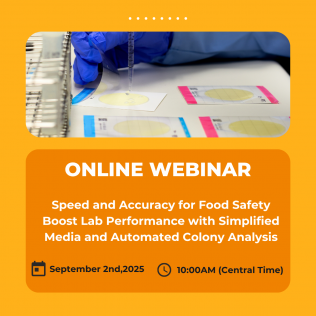

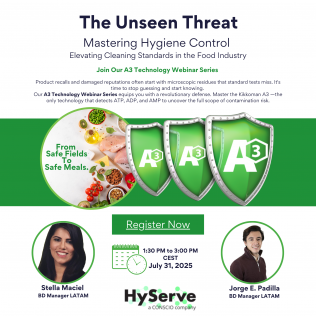
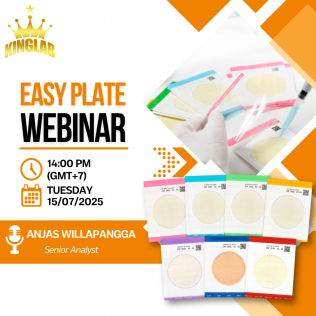

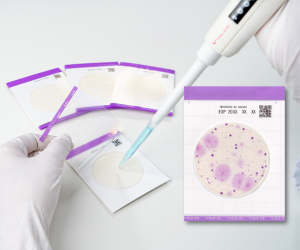
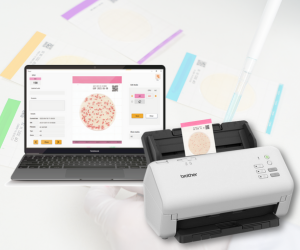
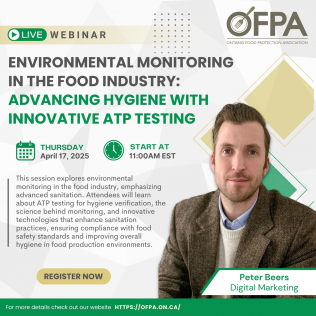

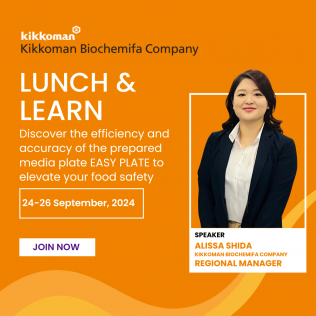

_png_w316px_h237px.png)


